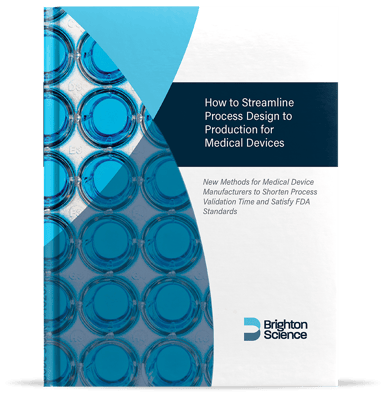eBook
How to Streamline Process Design to Production for Medical Devices
New Methods for Medical Device Manufacturers to Shorten Process Validation Time and Satisfy FDA Standards
Manufacturers of medical devices face some of the most unique challenges of all manufacturing sectors. Being at the intersection of reliability, safety, and precision; medical devices have to meet some of the highest standards of any manufacturing industry.
Regulatory bodies, like the Food and Drug Administration (FDA), help develop medical device standards and provide oversight to ensure every product is safe and dependable. Lives are most certainly at stake if medical devices do not operate without failure, have coatings that aren’t applied according to the needs of healthcare professionals, or simply aren’t consistent from one product to the next. Every medical device needs to be perfectly usable every time, without exception.
In this eBook, we cover the following topics:
- When and why to add a quality check
- How to ensure medical devices meet FDA standards
- ISO 13485 and how it effects process control decision making
Gain insights into our approach and how our research has resulted in a truly unique solution comprised of products and services.
Complete the form to get your personal copy of the eBook.

